From Vana-Prangli manor to Poka mill and lake Janukjärv
Leaving Prangli, we continue along the cycle path, keeping left. We see the ruins of an inn by the road on the left. At the crossroad we turn off the cycle path to Veski–Prangli road, in the direction indicated by the signpost: Veski 8.
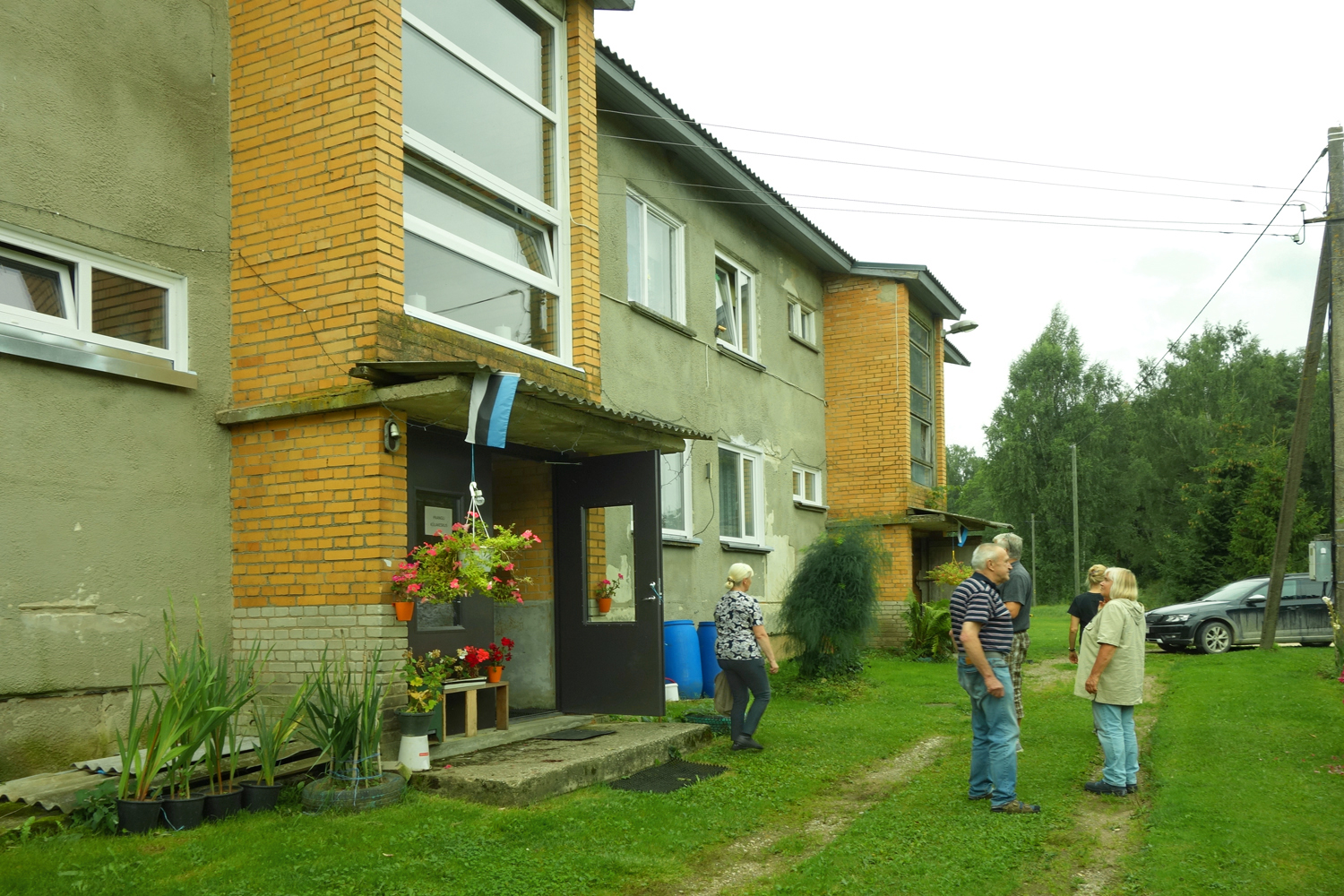
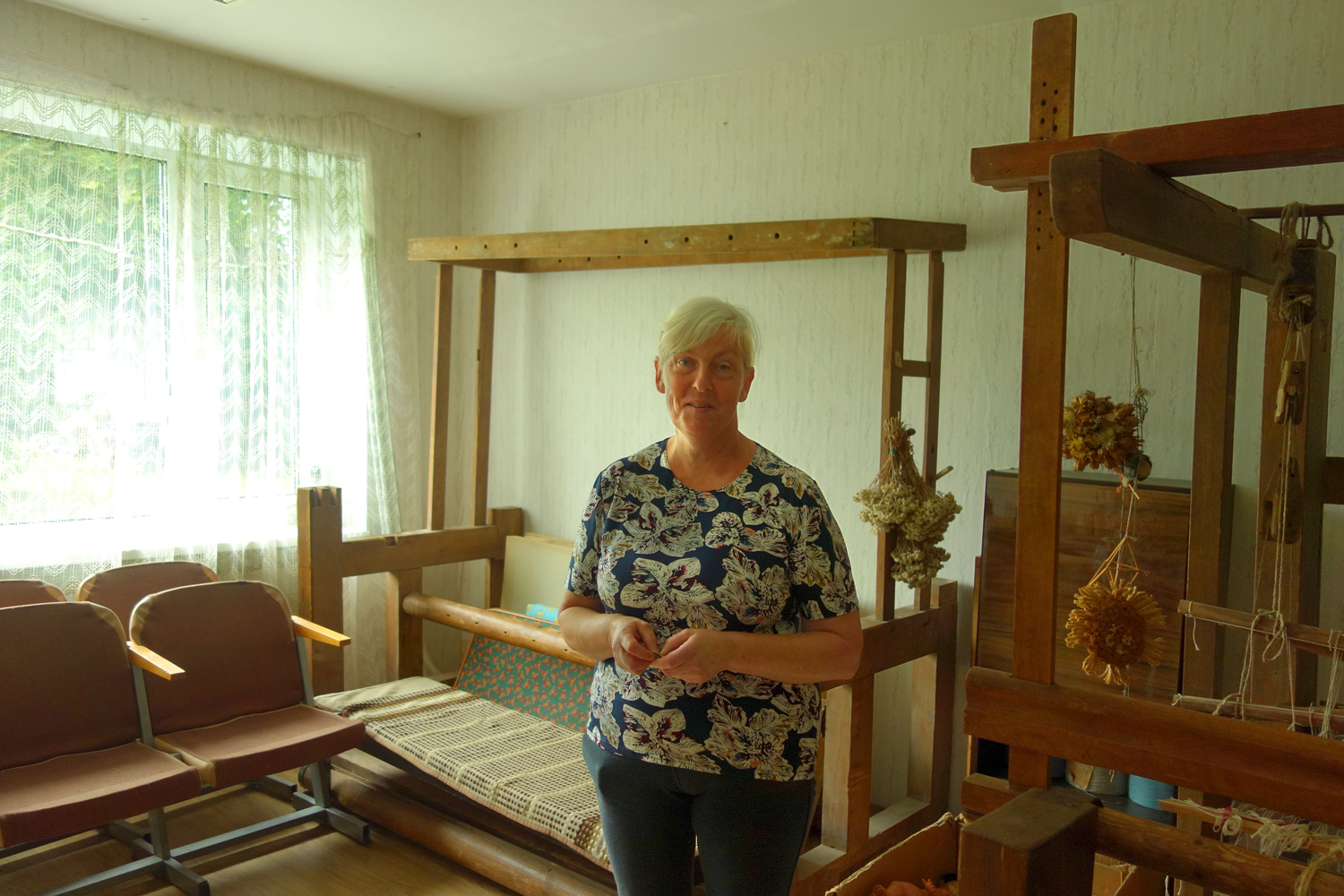
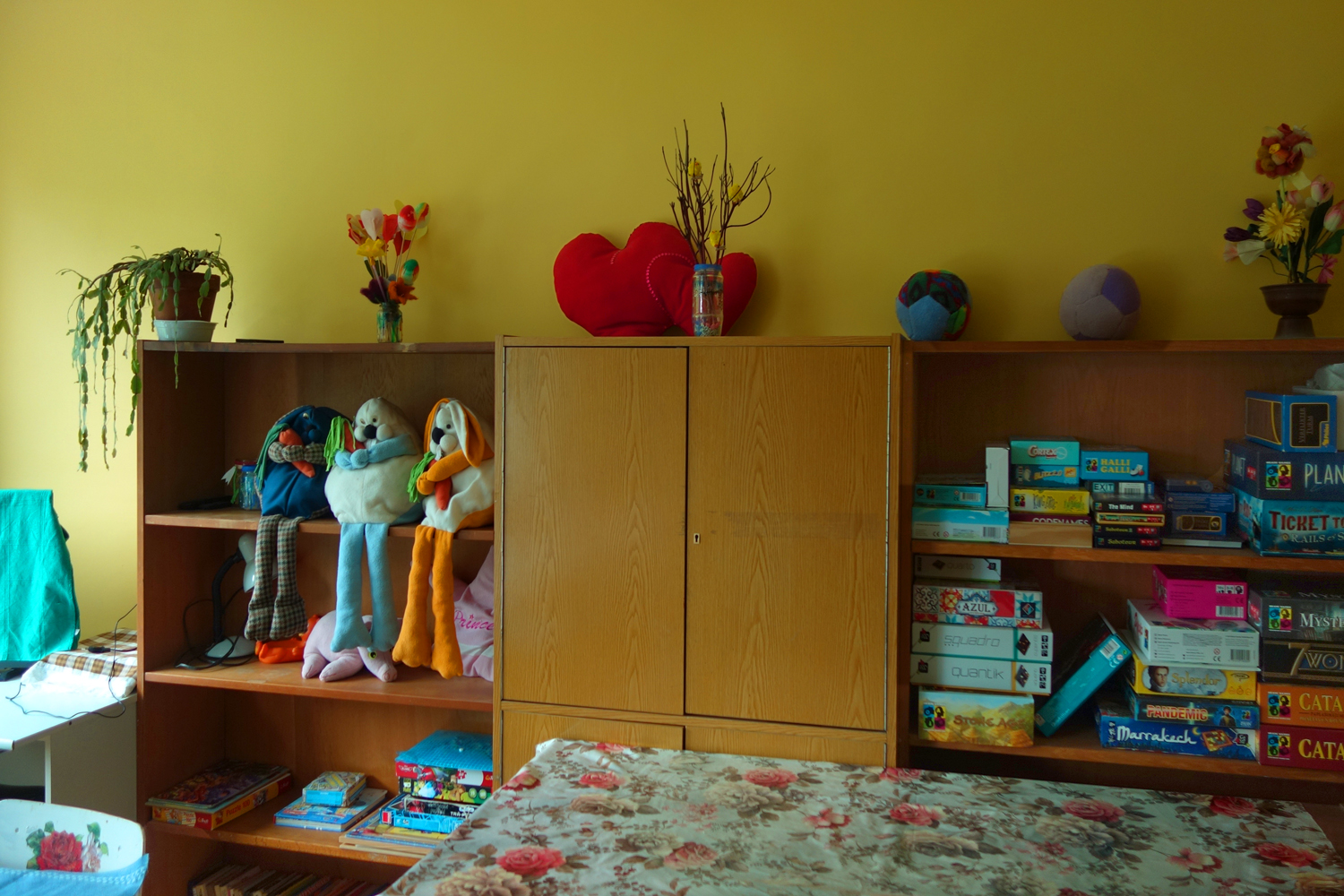
Prangli bus stop comes up soon. In a flat in the two-storey Soviet residential house by the bus stop operates the Prangli village society, where accommodation is offered. There are a few mattresses, WC, kitchen. It is necessary to book in advance.
Prangli külaselts. Põlva county 63508, Kanepi municipality, Prangli village. Society chairwoman is Merle Juhkam, Tel. 5302 1266 merle.juhkam@mail.ee
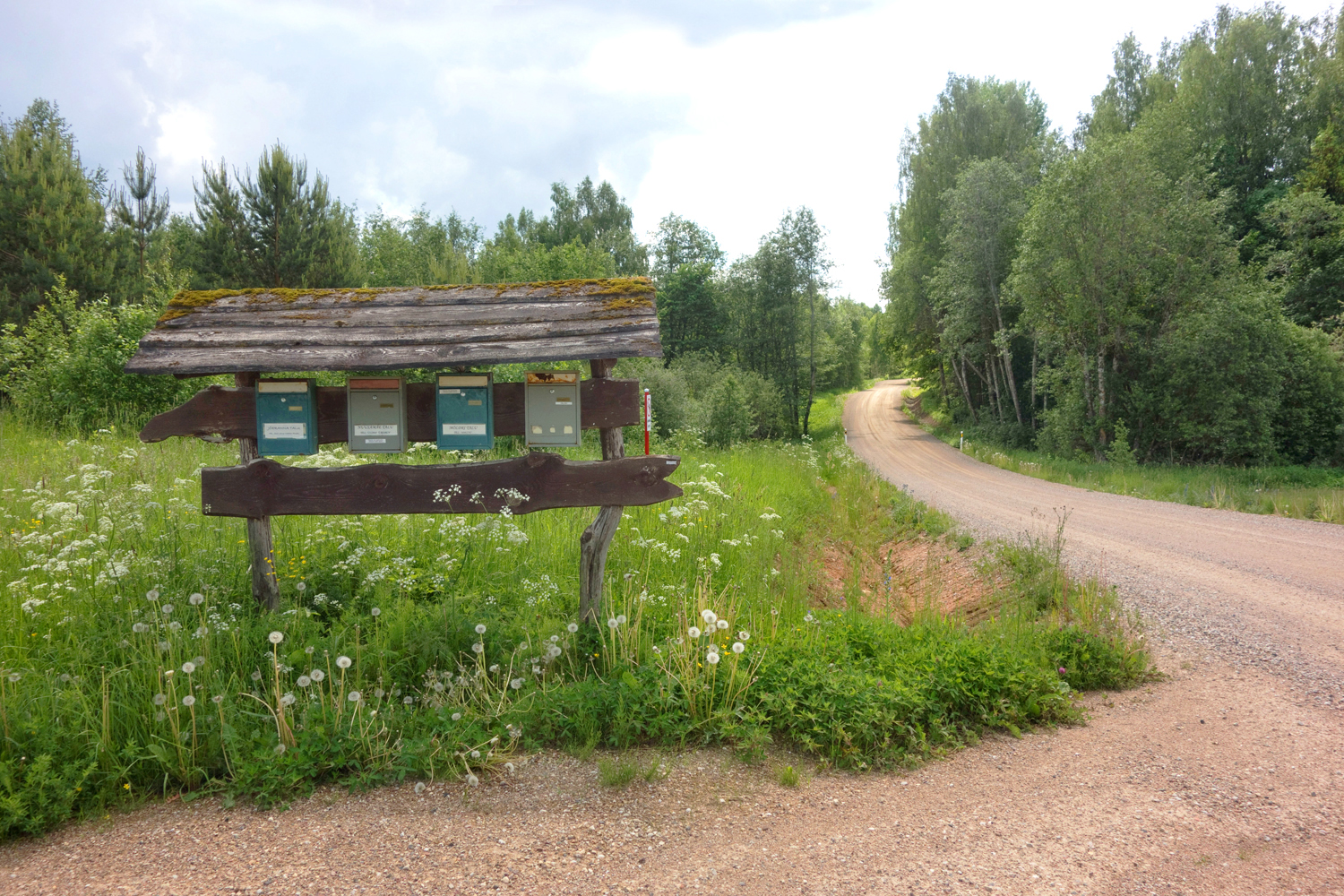
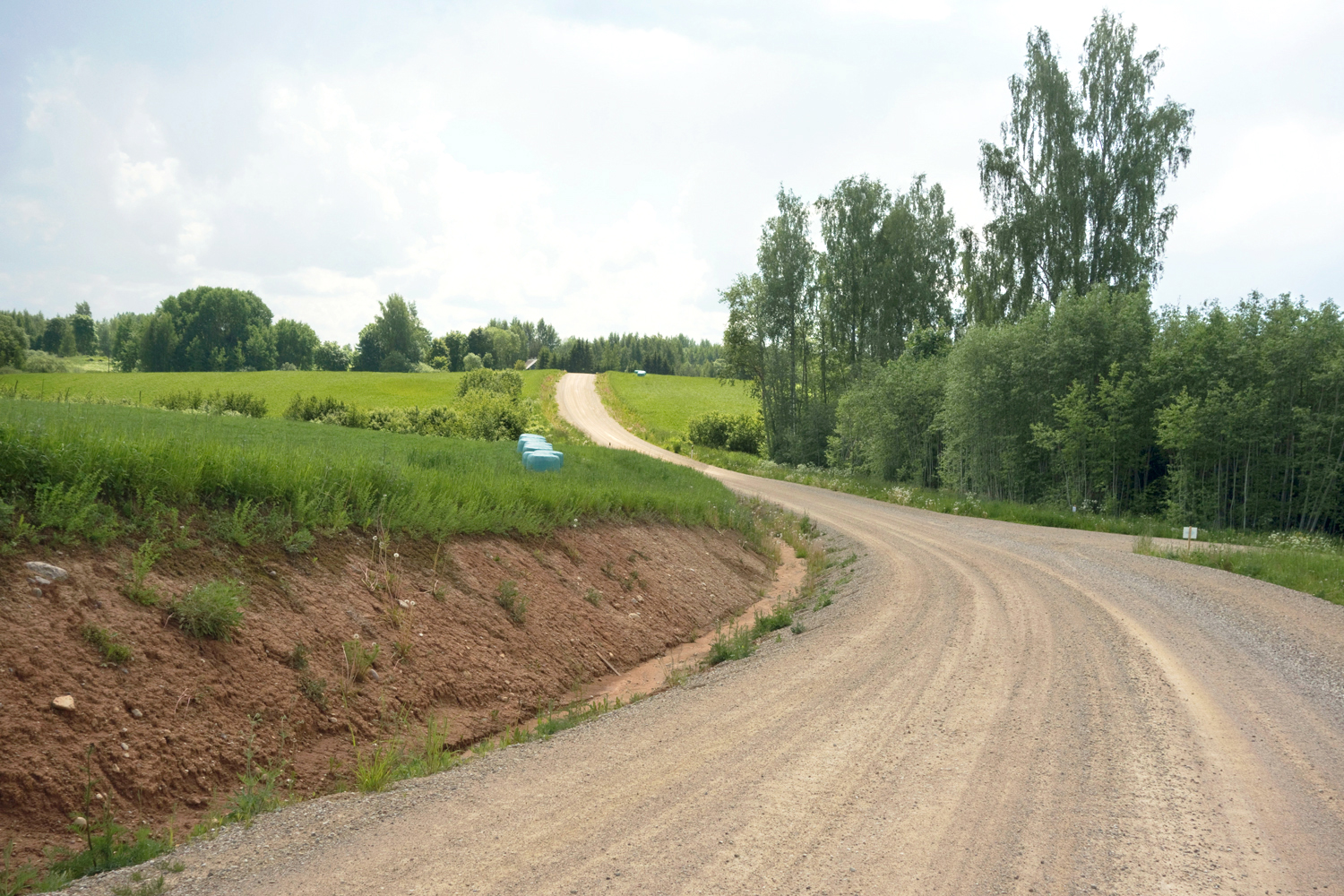
We next see the farm mailboxes under a small awning. The rising, falling and twisting path between fields is truly pretty. Every hill has its own name, for example: Tuulemägi (an old windmill used to stand there), Liivamägi, Kaalisillamägi, Kogremägi, Undimägi, Kiviunikumägi, Läädsamägi, Pasamägi, Juudiraendik, Rebaseurumägi, Riiumägi…
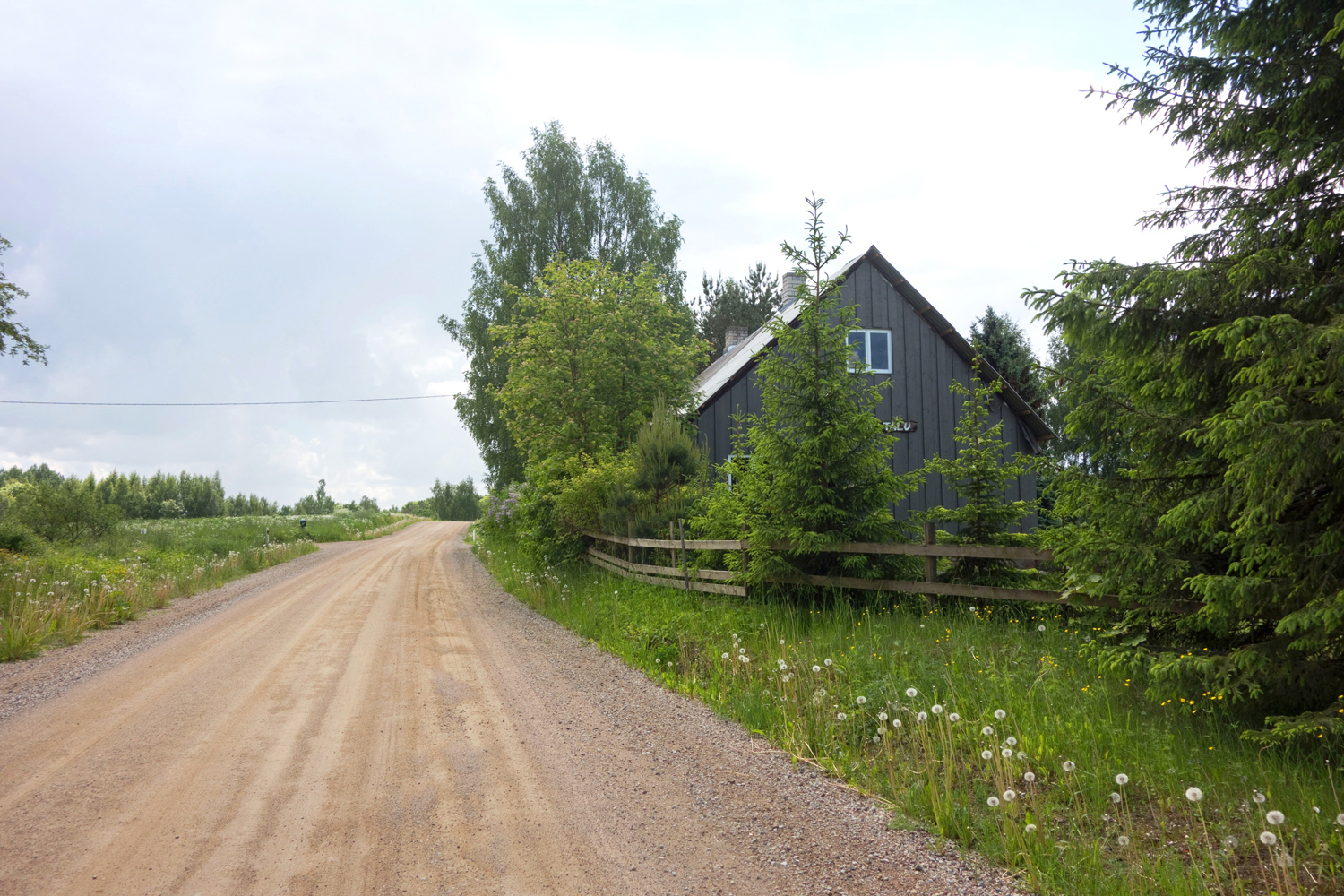
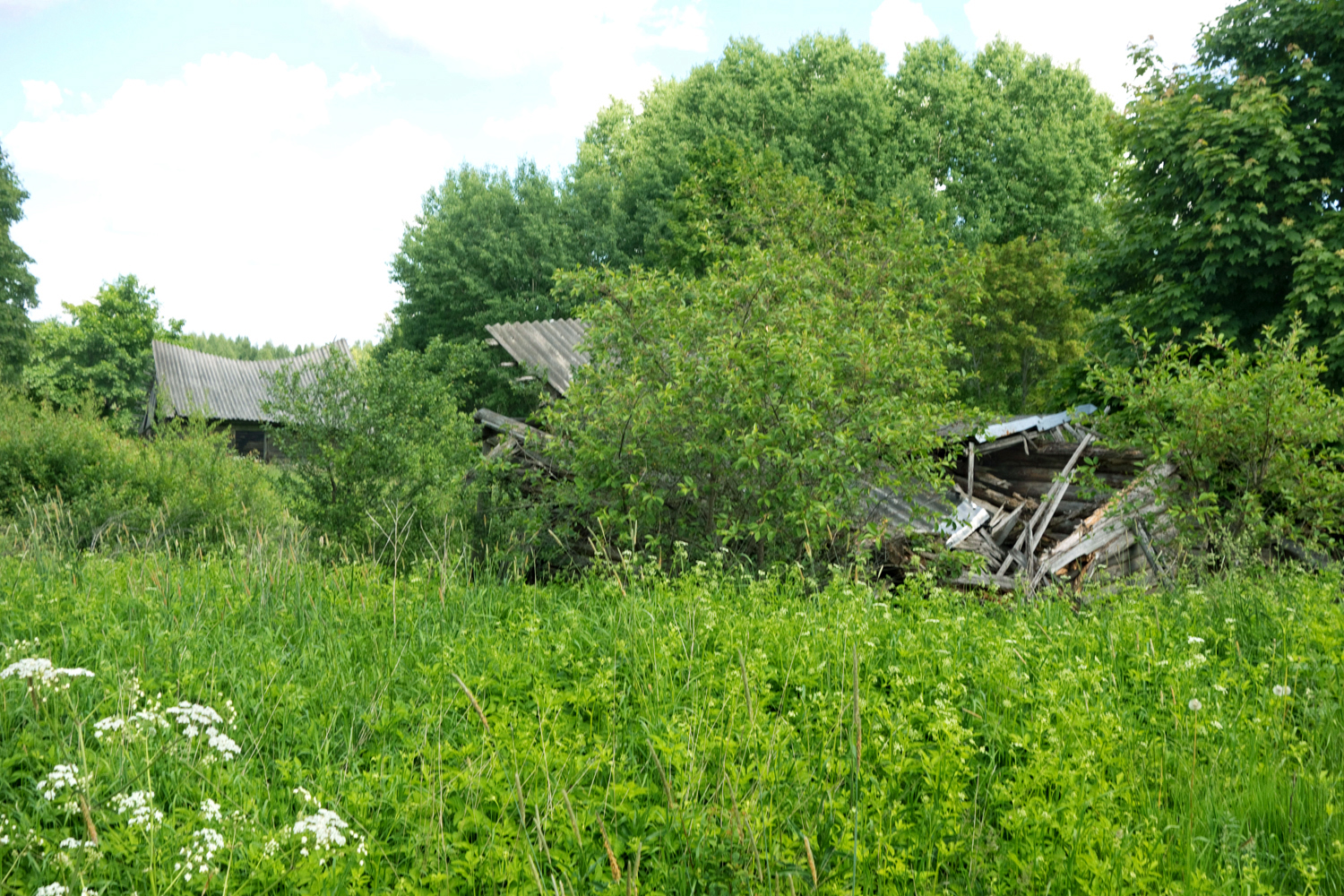
We pass Londoni (on the right) and Russaku (on the left) farms. The first has been largely renovated since we were here last time, whereas only ruins remain of the ancient Russaku farm.
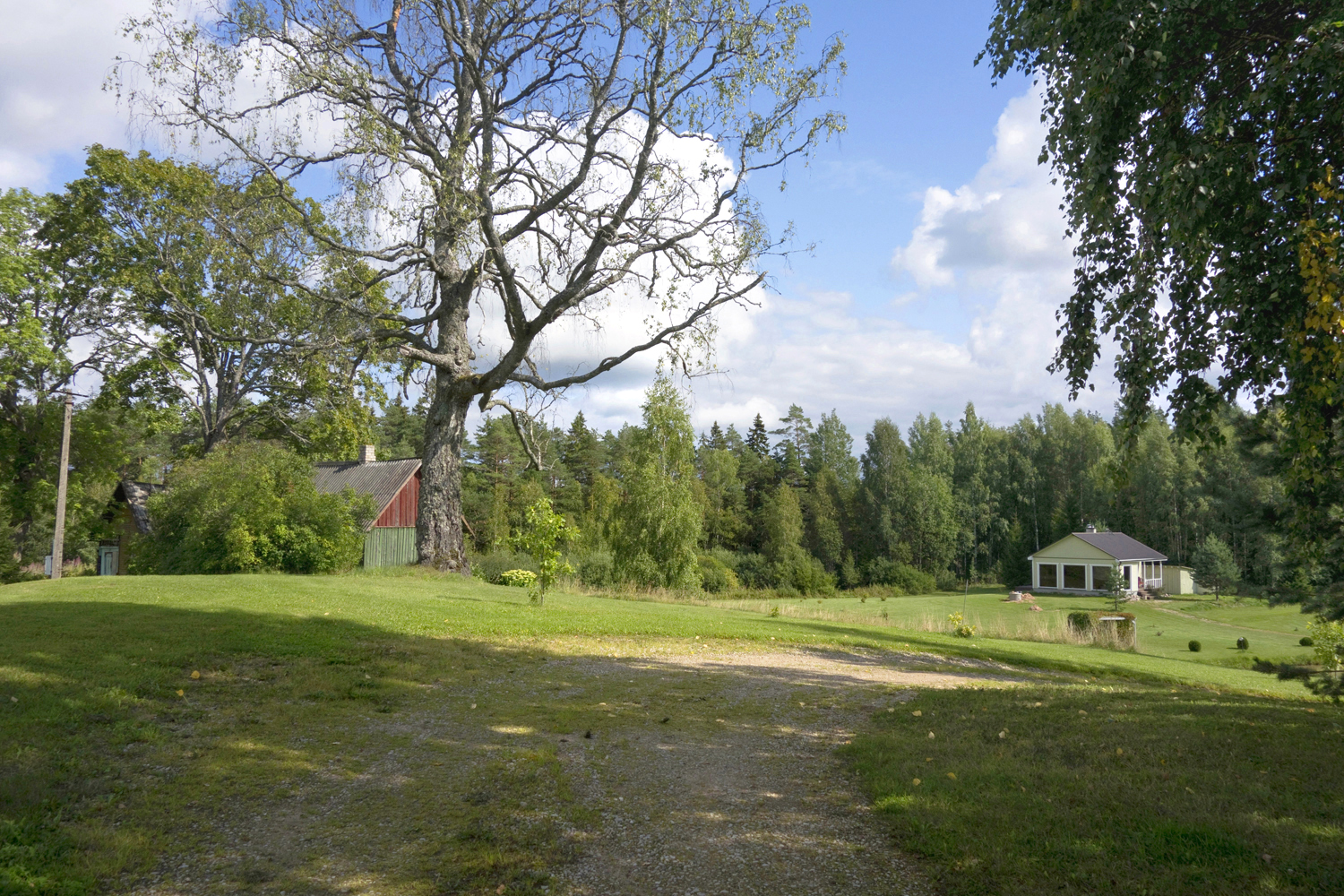
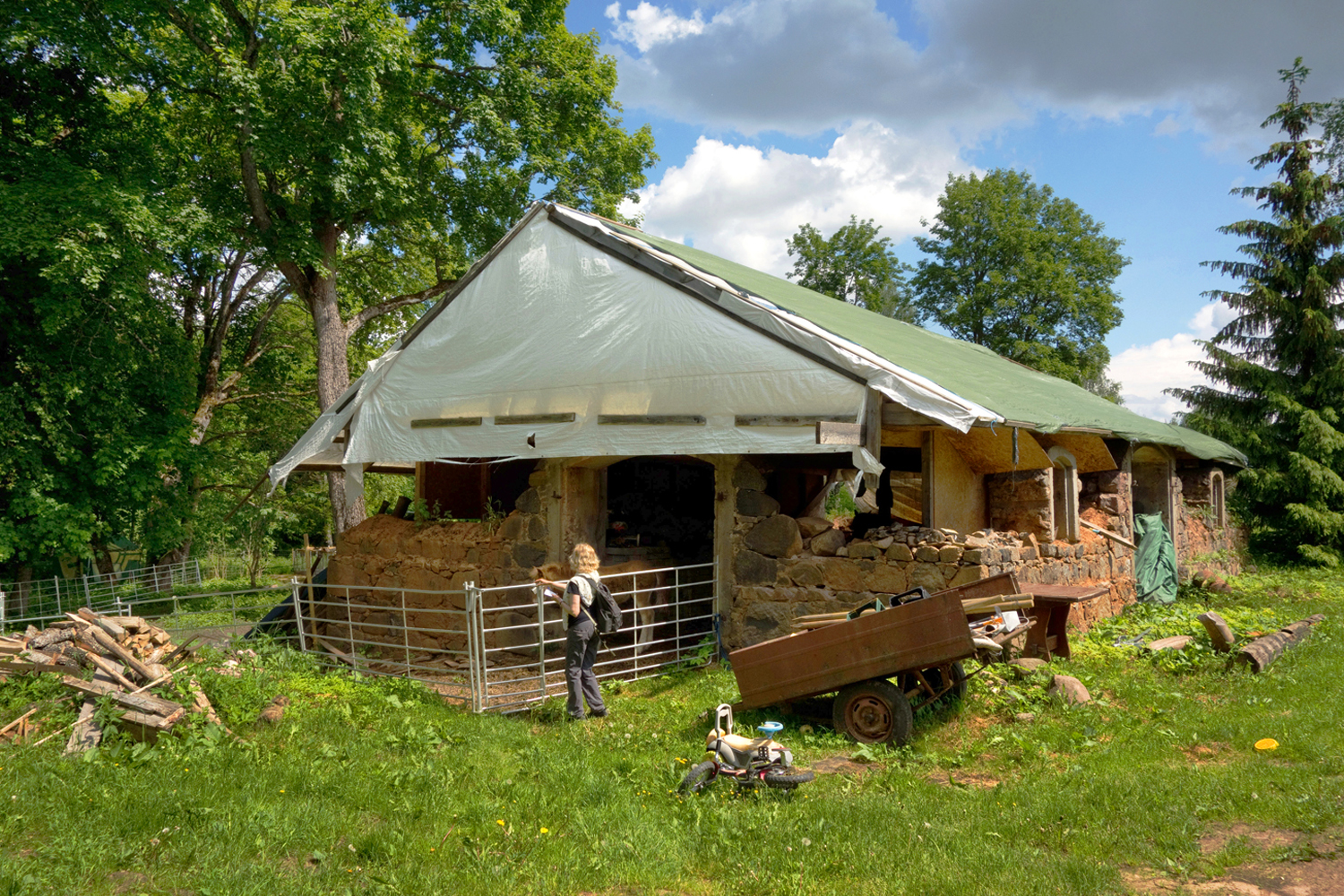
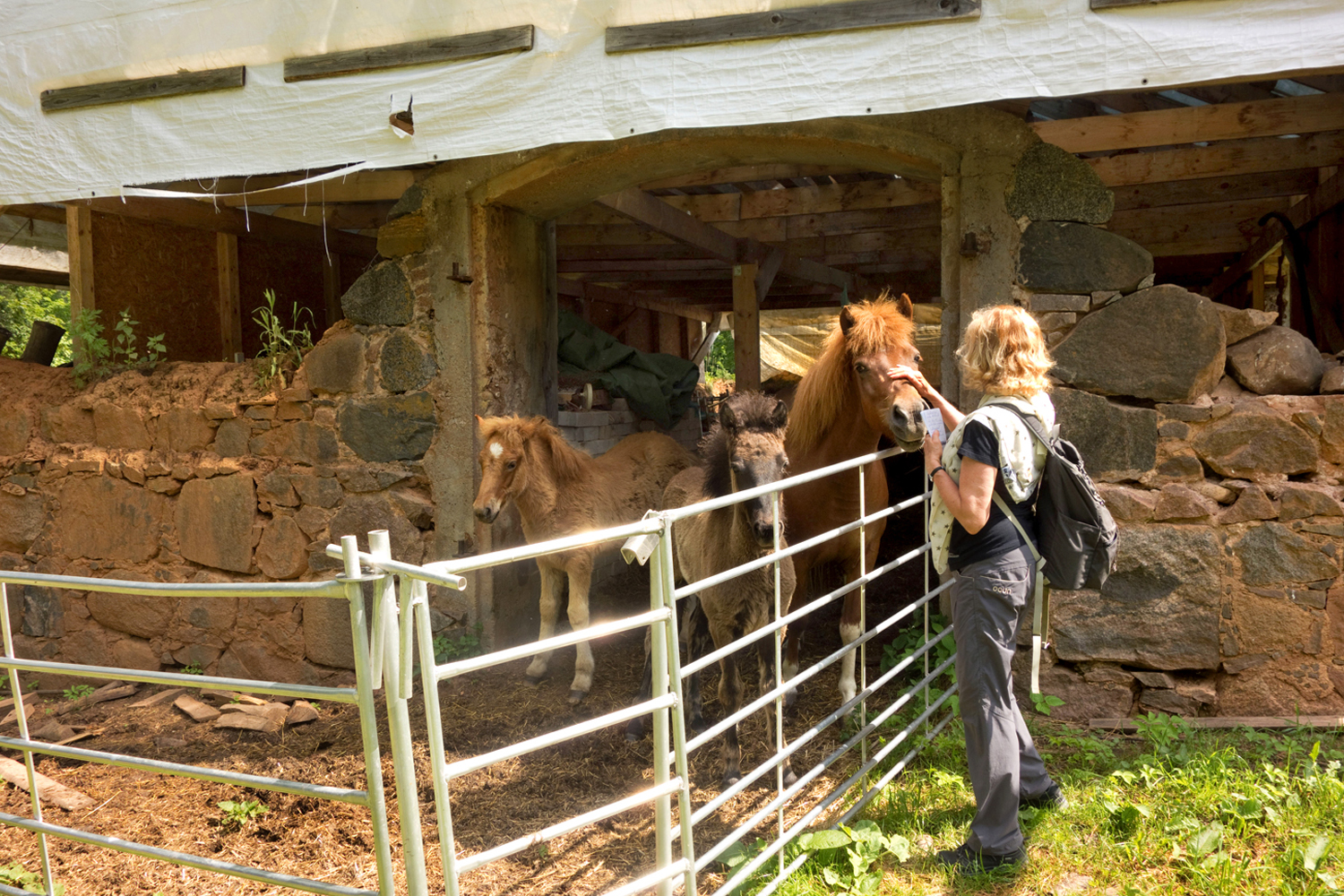
About one hundred metres onwards on the left stands Kullaaugu farm, nice and tidy, with a pond and green grassland where sheep are being guarded by a smart border collie. The farm belongs to a young couple, their three friendly sons and equally friendly Icelandic horses. They cannot offer accommodation, but a few pilgrims with their own tent are warmly welcomed.
(Kullaaugu farm. Prangli village, Kanepi rural municipality, Põlvamaa 63508. Contact: Meelis Kuldkepp and Elin Sild, Tel. +372 507 7686; 514 7060; meelis@thinkking.ee www.karjatamine.ee Camping allowed.)
Liivamäe and Orusoo farms on both sides of the road; at the crossroad we go straight on, cross Pasamäe, the nice yellow house of the Keiso farm comes into view.
The next farm, Savikoja, is close to the bus stop of the same name. There used to be a brick factory there, but not a trace of it survives and the current farm owners have no knowledge of it either.
Ala-Parmu farm soon on the right. You can put up your tent for the night. Several dogs rush to greet the travellers. (Ala-Parmu farm. Prangli village, Kanepi rural municipality, Põlva county 63508. Contact: Kaarel Sild, Tel. 5557 1755)
Right after Männiku farm, with a fine pine tree by the door, we turn sharply left, to a bit smaller Veski path that takes us towards Poka mill.
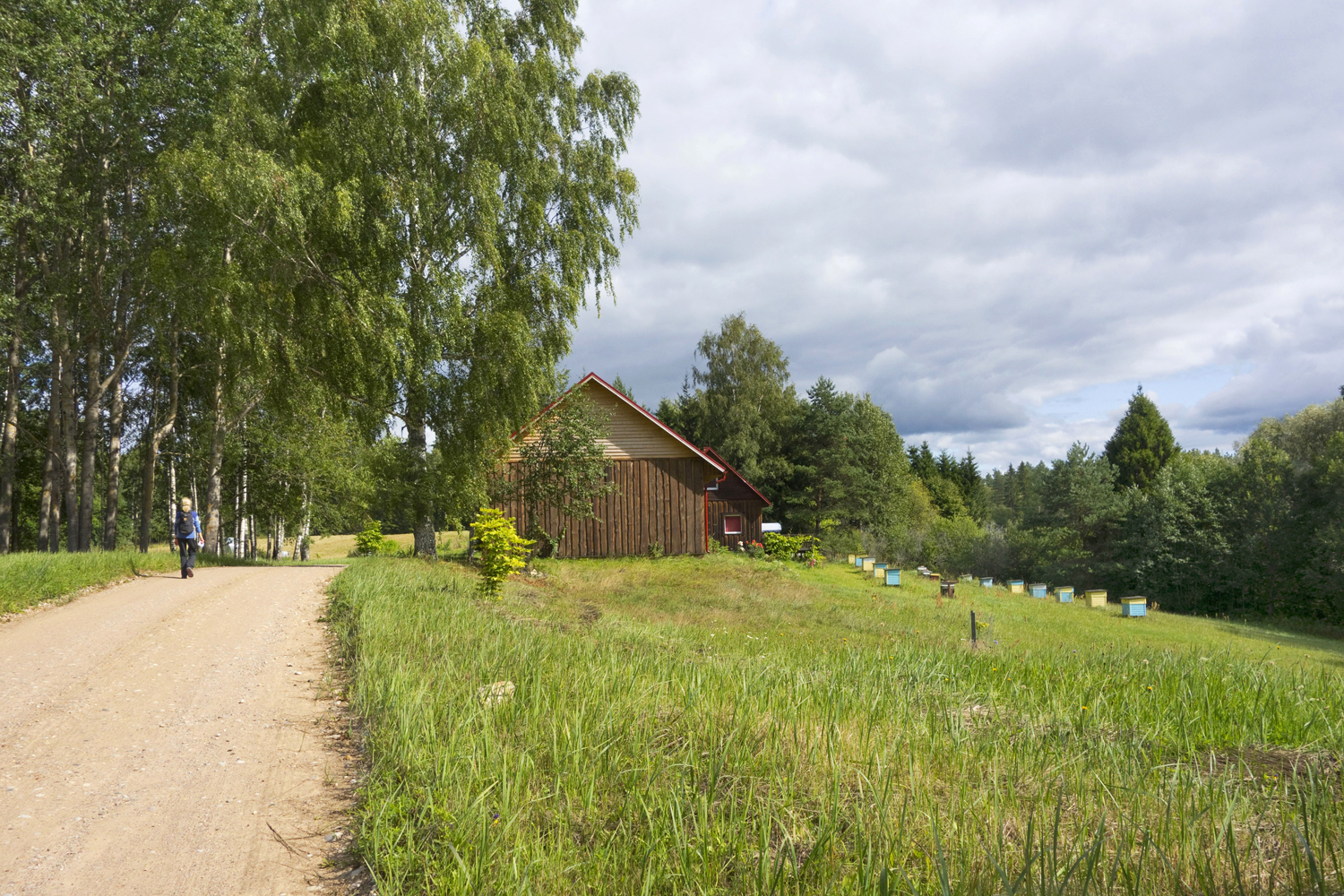
After about 600 metres we see Koolmeistri farm by the road, rows of beehives in the garden. The left path leads to Veskikooli farm. We keep walking on, pass the big stone and another path to Vana-Mutiku.
At Orava farm the path forks into two, the direct route takes us in about 500 m to Kure-Vaeste farm – home for sweet-makers. Kõlleste Kommimeistrid OÜ, Kure-Vaeste farm, Veski village, Kanepi rural municipality 63511. Tel. 555 11072; http://www.kommid.eu/tooted.
Daila Aas, July 2021
It was the year 1973 when we rented an empty, crumbling farmhouse called Sildu in Poka Village. Together with my husband and friends, I spent there all free days in summer. The place is wonderfully quiet, not one inhabited building within a few kilometres. The closest was Poka mill and Janukjärv on the other side.
A married couple lived in Poka mill. We still remember their pickled cucumbers, which were superb even in spring when we arrived. We soon discovered why – the couple kept the cucumber casks in the cold Leevi river in winter!
During our second summer while roaming around in nearby forests we chanced upon a place that amazed us with its pretty location and incredible orchard. The farm itself stood between hills, we looked at it from above and immediately thought that it would be even more wonderful to spend our summers here. The house was large and in good condition. We headed there to investigate. There was a sign on the door: I am planting the forest. We returned to our observation post. And all of a sudden a man came out of the house, did something outside and then went back in. We were surprised but did not go back.
It later turned out that the man was the legendary forest brother Kalev Arro (1915–1974), who was caught as late as in 1974. The farm he was hiding was Kirjase owned by Hugo Russak.

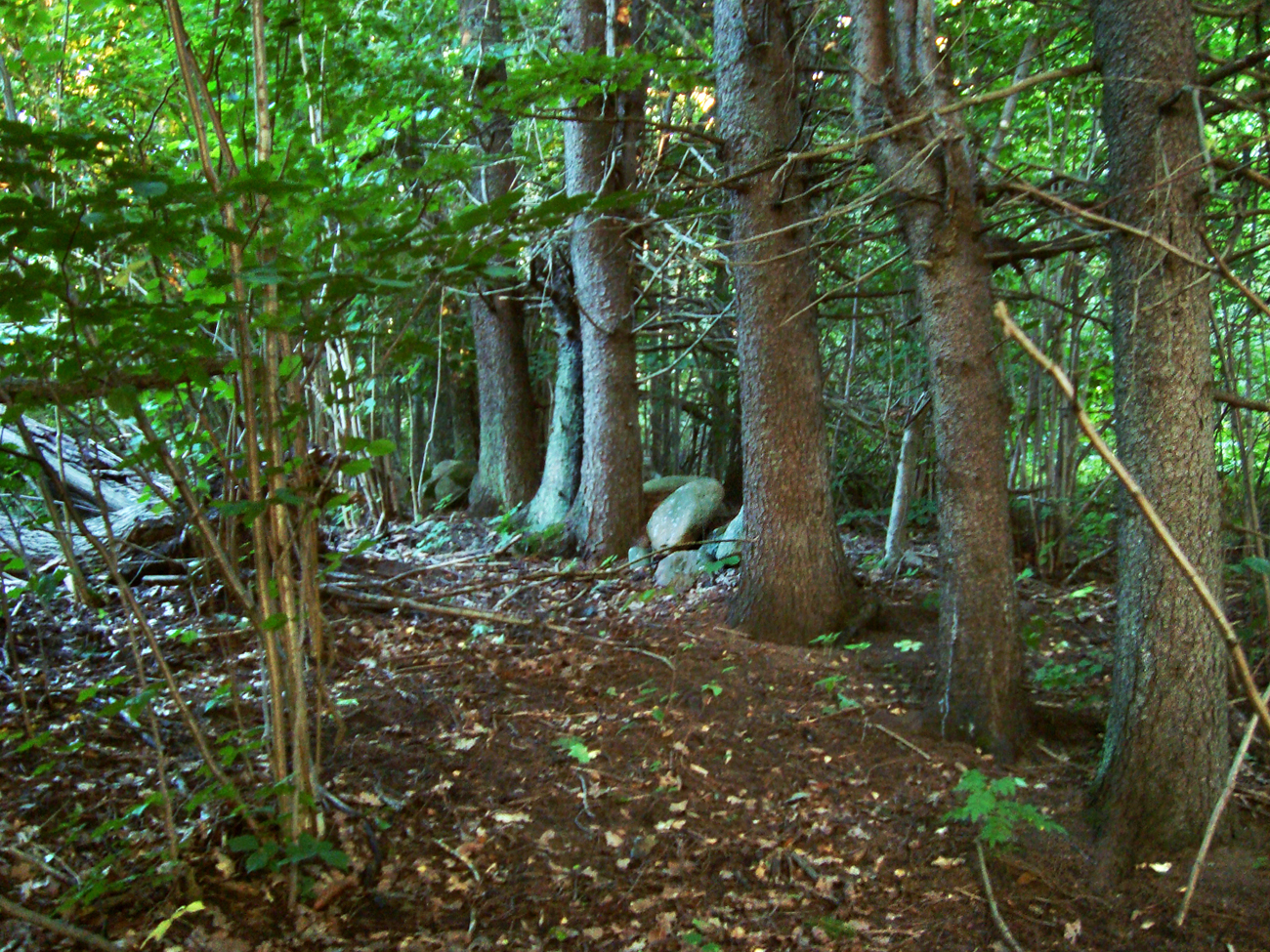
Everything here has changed beyond recognition in 40 years: no buildings have survived, only a foundation indicates the former location of the farm, yellow flowers have taken over the yard. We try to find at least some traces of the magnificent apple trees of the past, but fail.
When now, 40 years later, we began putting together the pilgrimage route from Pirita to Vana-Vastseliina, this place turned out to be perfect. A beautiful and interesting bit of country. Once you start investigating the route, endless fascinating connections and stories emerge.
Lagle Parek, 2014
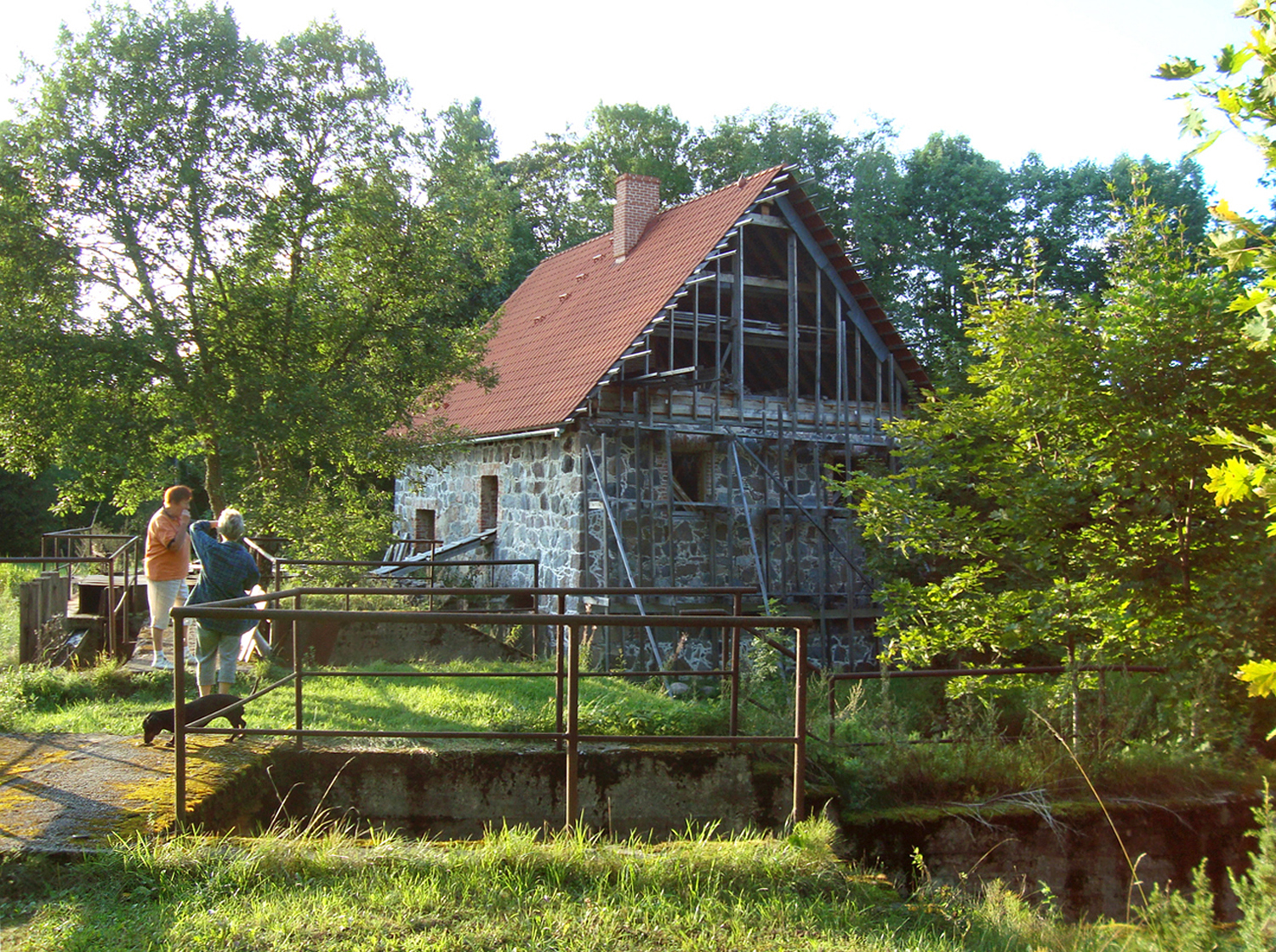
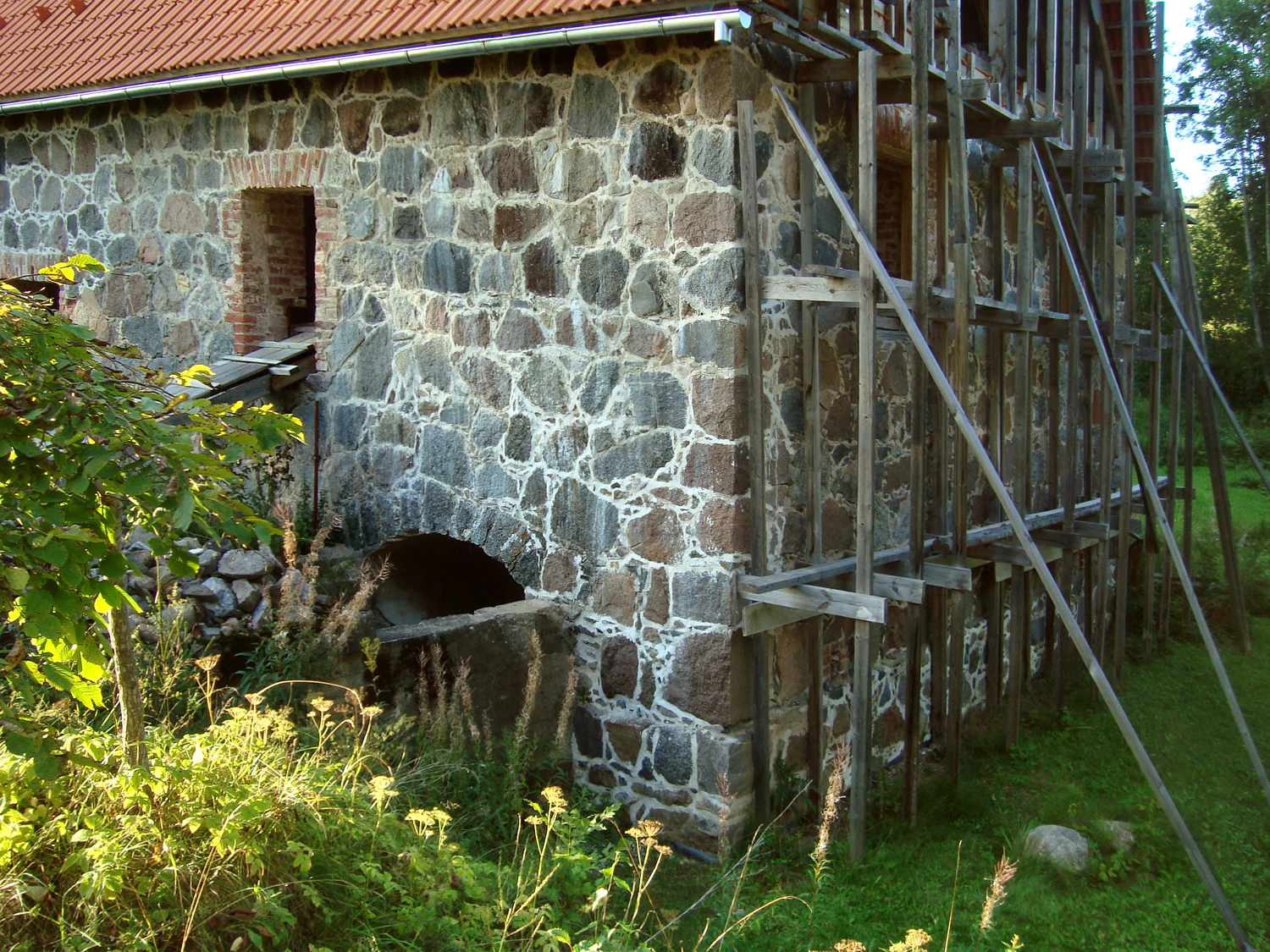
.jpg)
We choose the path to the right and reach Poka watermill, now a cultural monument on Leevi river. The current tall, one-storey stone building with a rough façade was built in 1925. The mill was last in operation in the 1960s. In the 1970s it belonged to the Estonian Academy of Agriculture who constructed a new dyke. The mill is now privately owned and in 2008 restoration work started.
We have covered 17–18 kilometres, a few left until Janukjärv. Soon, the tall double forked Poka pine comes into view on the left of the grassy path. It is under protection and allegedly stood here already in the Swedish time. We turn that way, and the path becomes hardly passable – trees have been cut down all around and the earth turned upside down by huge machines. The ruined path will hopefully be restored at some point in the future.
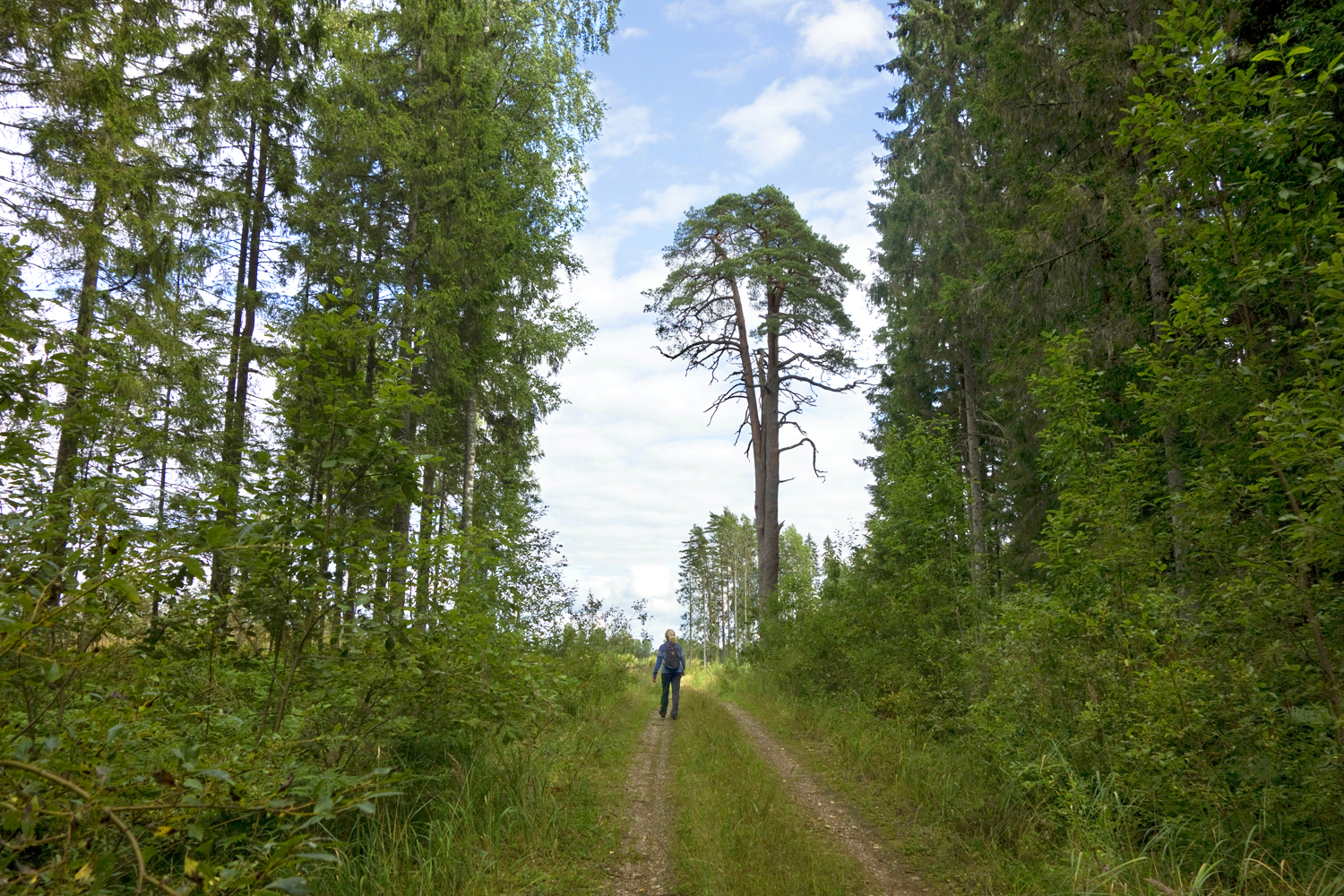
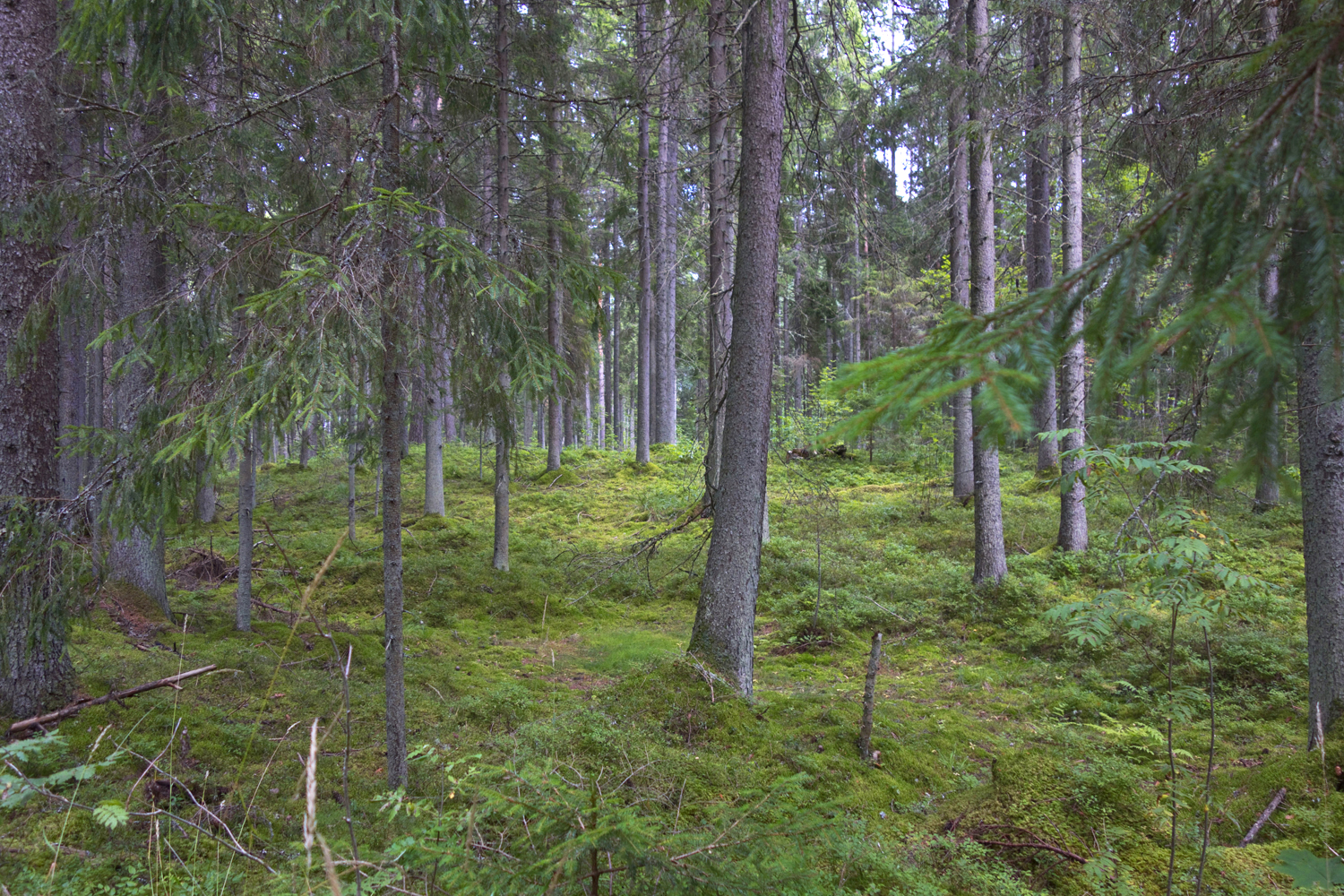
At the end of today’s travels we can finally rejoice in walking in an old beautiful forest.
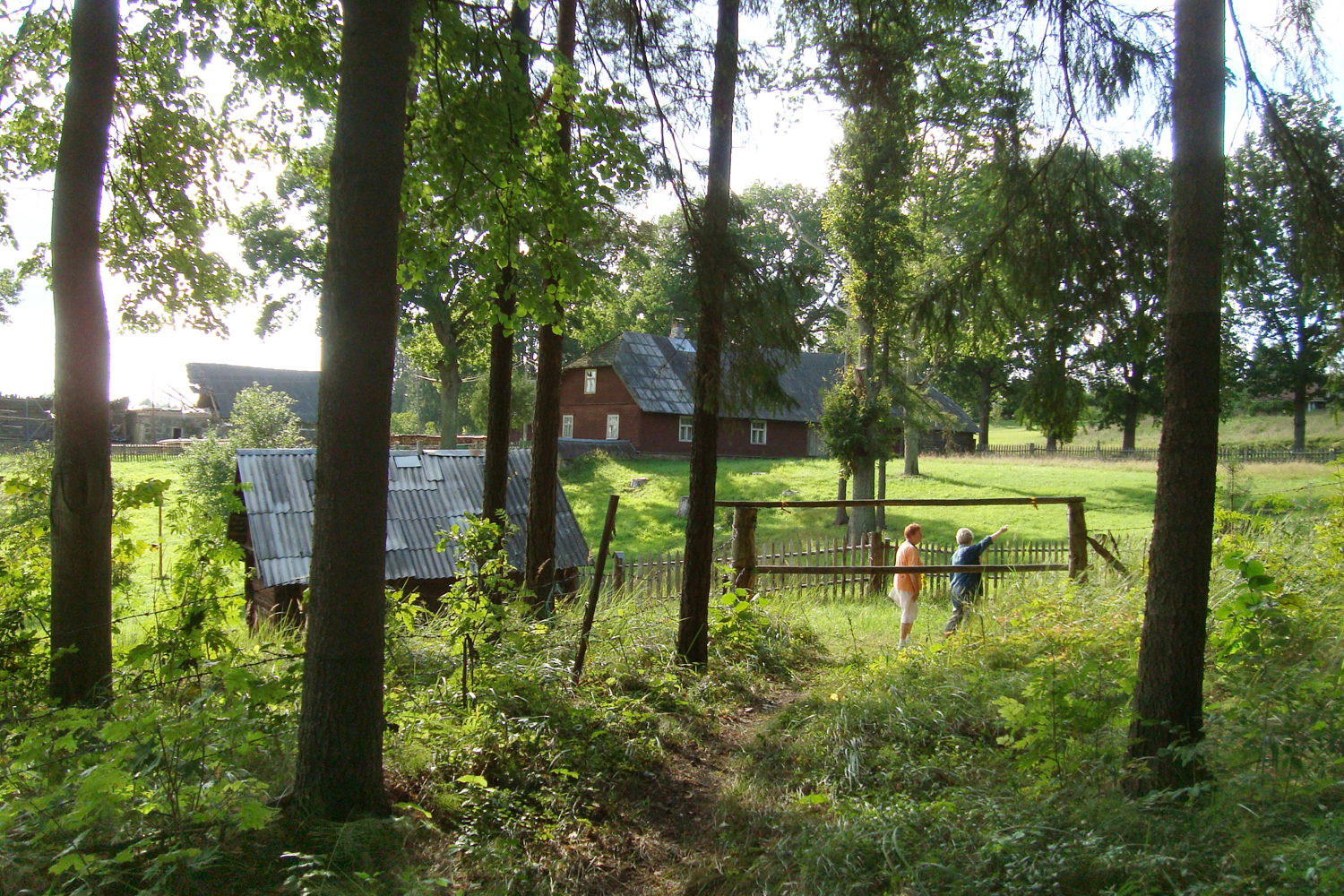
Emerging from the forest we are as good as there. Across the big road, past Mäe-Jaani farm, and here we are at Tiksi farm by Janukjärv.
The distance from Prangli to Tiksi farm was 20.5 km.
Daila Aas, July 2021
Accommodation in Prangli village
– Prangli külaselts (village society). Põlva county 63508, Kanepi rural municipality, Prangli village. Contact: society chairwoman Merle Juhkam, Tel. +372 5302 1266; merle.juhkam@mail.ee
– Kullaaugu farm. Prangli village, Kanepi rural municipality, Põlva county 63508. Contact: Meelis Kuldkepp and Elin Sild, Tel. +372 507 7686; 514 7060; meelis@thinkking.ee www.karjatamine.ee Possible camping.
– Ala-Parmu farm. Prangli village, Kanepi rural municipality, Põlva county 63508. Contact: Kaarel Sild, Tel. +372 5557 1755. Possible camping.
Please book at least a week ahead!
Sources
https://register.muinas.ee/public.php?menuID=monument&action=view&id=23724
https://weskiwiki.ee/index.php?title=Poka_veski(3)
file:///C:/Users/TA/Downloads/kalev_parn_tk_2008-1.pdf
https://www.eelis.ee/default.aspx?state=7;68547596;est;eelisand;;&comp=objresult=ala&obj_id=756233931
